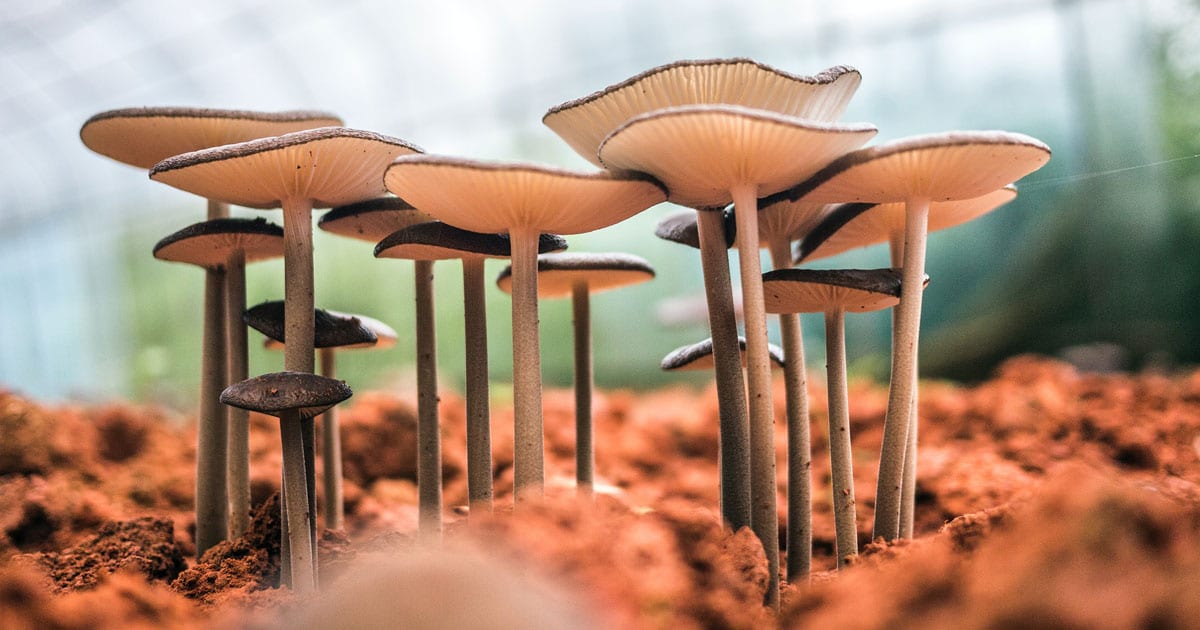Mushroom farming has captured the interest of many in recent years, as it’s a fascinating venture that can be potentially quite profitable. This practice allows for the cultivation of unique varieties of fungi, some of which are not only edible but also hold medicinal value. However, this doesn’t come without its obstacles.
Growers must navigate the intricate web of species selection, cultivation methods, and environmental control. This article will provide a comprehensive guide to the ins and outs of mushroom growing, revealing the challenges faced and the essential knowledge needed before embarking on this mycological journey.
Additionally, check out Silo’s article on the latest mushroom cultivation technology.

Essential tips for mushroom farming
Before embarking on a mushroom farming journey, consider these essential tips.
Choose the right species
The selection of mushroom species is a critical first step. Choose a species that matches growing conditions based on your available environment and market demand.
For instance, the white button mushroom is popular and grows well in composted manure, while shiitake mushrooms prefer hardwood logs or sawdust.
Prepare your substrate
The substrate is the material on which mushrooms grow. Different species require different substrates, including straw, logs, or manure. The substrate must be properly sterilized to kill off any competing organisms.
Maintain optimal conditions
Mushrooms are sensitive to their environment. Managing factors like temperature, humidity, light, and air exchange is vital for successful cultivation.
For example, oyster mushrooms need high humidity and a good supply of fresh air, while shiitake prefers lower humidity and less air exchange.
Master inoculation techniques
This involves introducing the mushroom spores to the substrate. Sterile procedures must be strictly followed to prevent contamination from other organisms.
Harvest at the right time
While caps are still convex, they should be harvested just before they start to flatten out. This is generally when mushrooms are at their peak for flavor and texture.
Protect against pests and diseases
Regularly monitor your crops for signs of pests and diseases. Early detection and intervention can save your entire crop.
Plan for market demand
Understand the demand for various types of mushrooms in your local area. Specializing in a niche market, like medicinal mushrooms or exotic varieties, can be more profitable than growing common varieties.
Invest in quality spores
It’s worth investing in quality spores from a reputable supplier to ensure healthy, productive growth. Poor-quality spores may lead to a low yield or failed crops.
Utilize sustainable farming practices
Mushroom cultivation can be made more sustainable by recycling waste products like spent substrate as compost and using renewable resources, such as harvested rainwater for irrigation.
Continually educate yourself
Staying on top of current research, techniques, and industry trends to maintain an edge and enhance yield is always crucial to mushroom cultivation success.
Keep in mind that every type of mushroom comes with its own set of unique needs and challenges, and the more knowledge and experience you acquire, the greater your chances are of succeeding at mushroom farming.
Mushroom cultivation can be rewarding
Mushroom farming is a rewarding yet intricate practice, requiring a profound understanding of various factors. With dedication and continually accruing knowledge and experience, you can navigate the complexities of mushroom farming and achieve success in this unique and potentially profitable venture.
